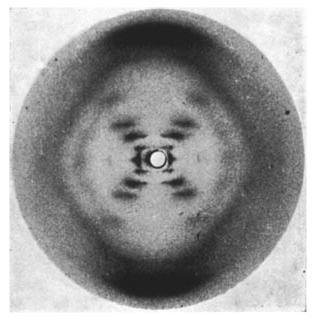How to Choose the Right TaqMan Probes for Your Research

In the realm of molecular biology, precision and accuracy hold paramount importance, especially concerning DNA amplification and quantification. TaqMan Probes have established themselves as indispensable tools, offering reliable solutions for real-time polymerase chain reaction (PCR). This article delves into the significance of TaqMan Probes and provides guidance on choosing the ideal probes for your research. Understanding TaqMan Probes TaqMan Probes are succinct, single-stranded DNA oligonucleotides specifically engineered to bind to a complementary DNA sequence during the PCR process. They encompass a fluorophore and a quencher, and their structure is finely optimized to ensure accurate and sensitive detection of the target DNA. Key Factors in Selecting TaqMan Probes 1. Sequence Specificity The selection of a probe with high sequence specificity stands as a critical factor in accurate target detection. The probe's sequence should precisely align with the ...
